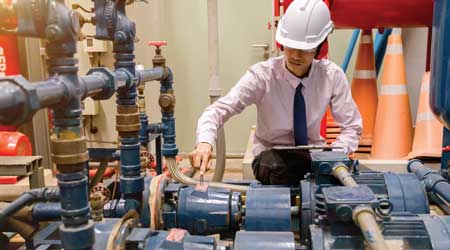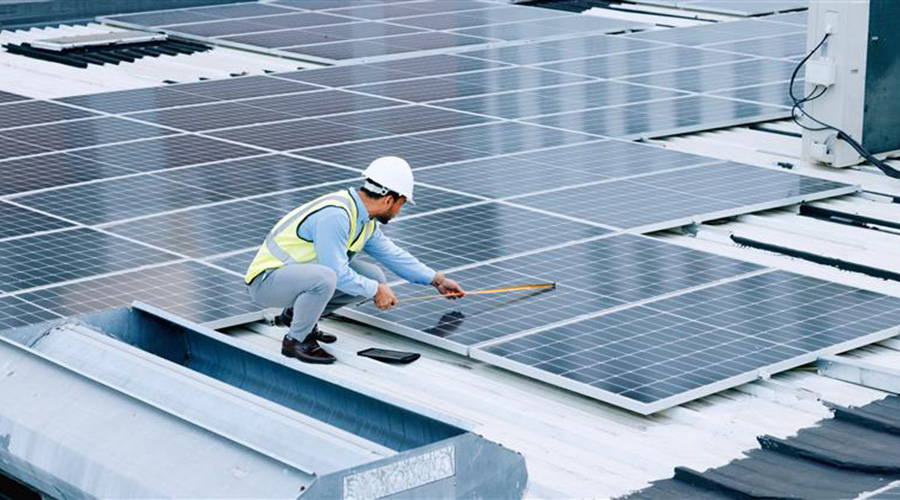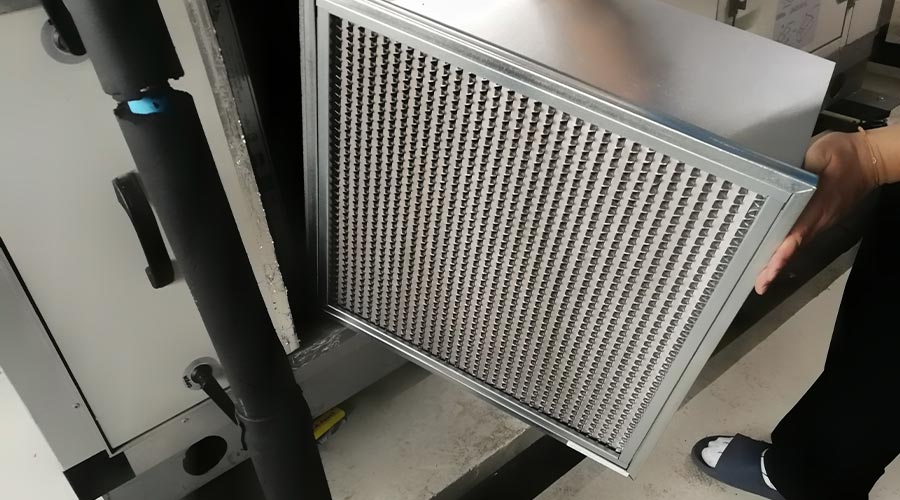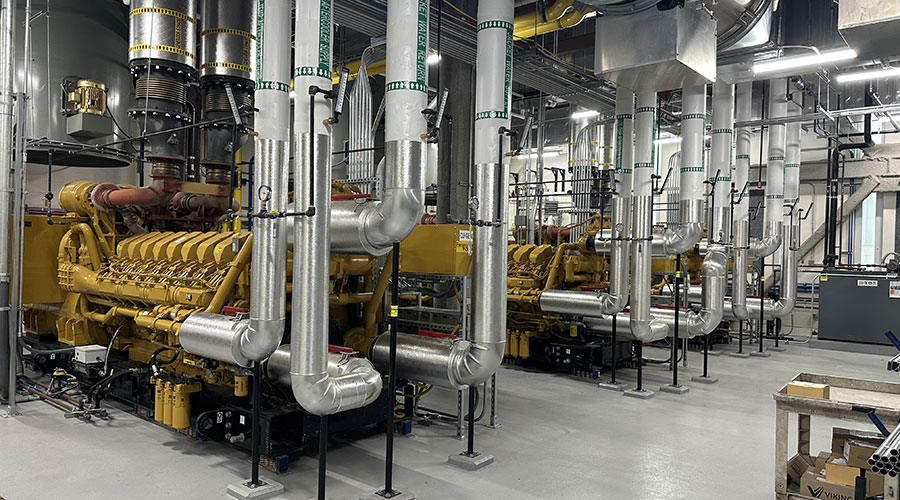 Data logs can help technicians identify the point at which conditions fall outside a chiller’s normal operating range, which is a sign that issues might be developing
Data logs can help technicians identify the point at which conditions fall outside a chiller’s normal operating range, which is a sign that issues might be developingAssessing Cooling Loads for Chiller Upgrades
When properly research and planned, chiller replacements can deliver long-term benefits to departments and facilities
Building operations and their requirement for air conditioning change constantly. When the existing chiller was installed, the system was designed to meet the needs of building occupants and operations at the time. Over the typical 20-year life of that chiller in almost every facility, those requirements have changed. The result is that the chiller now might be undersized or oversized for the application.
If the chiller is undersized, it might not produce the temperature and humidity control necessary for all areas in the facility. If it is oversized, the chiller’s performance and efficiency will be less than desired. For these reasons, managers should not assume the replacement chiller must be the same capacity as the existing one.
Managers should size and configure new chillers to meet existing loads and any projected near-future changes. Achieving those goals requires that managers understand the facility’s cooling loads and when they occur. They also must understand the nature of those loads. Not all cooling loads are equal. Some, such as data centers, cannot withstand any interruption. Others, such as comfort cooling, might be able to withstand limited duration outages. Replacement chiller options and configurations must take those situations into consideration.
Configuration issues
Replacing a chiller gives managers the opportunity to reconfigure their chiller plants to better meet the needs of operations. Twenty years ago, a plant’s design might have been optimal for conditions, but that might no longer be the case.
For example, two smaller chillers can replace one large chiller, allowing managers to stage their operation while providing a level of backup. Both chillers might be required during periods of heavy loads, but one could be shut down during more moderate loads, saving energy and wear and tear on the chiller.
If year-round cooling is required, managers can reconfigure the plant to include a plate-and-frame heat exchanger in parallel with the chiller. When outdoor temperatures are low enough, the chiller can be shut down and free cooling would be provided by circulating condenser water through one side of the heat exchanger and chilled water through the other side.
Managers also should look beyond the chiller for efficiency and opportunity. The chiller is part of a system that includes pumps, piping, valves and a cooling tower. If the system is to operate efficiently and reliably, managers also need to optimize those components.
James Piper, P.E., is a national consultant based in Bowie, Md., with more than 35 years of experience with facilities maintenance and engineering issues.
Related Topics:















